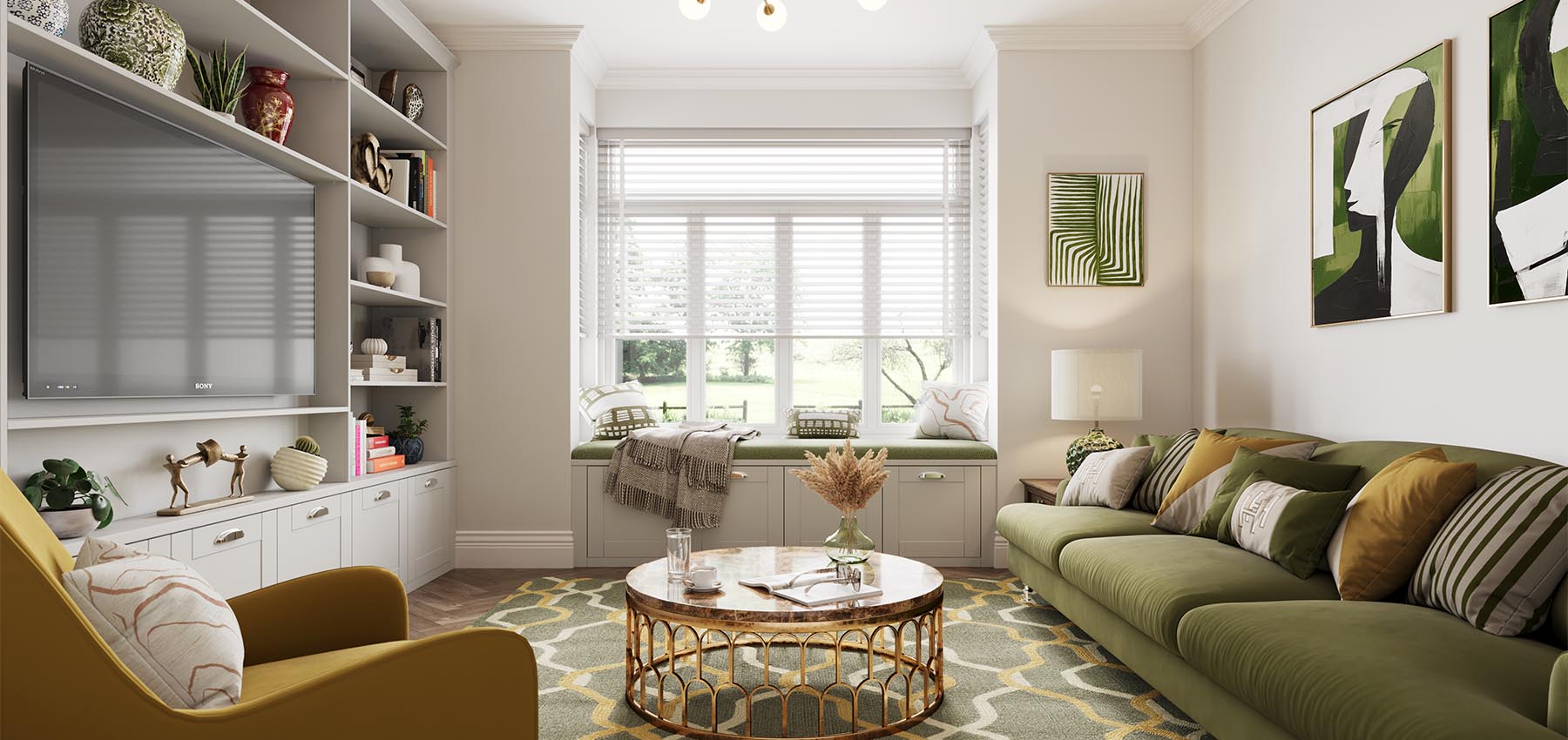Our Location
304 North Cardinal St.
Dorchester Center, MA 02124
Sonia.I.Design
Sonia.I.Design
Interior design is more than just selecting furniture and choosing colors—it’s about creating a space that feels inviting, balanced, and full of personality. One of the most effective ways to achieve this is through layering, a technique that adds depth, texture, and dimension to a room. Whether you’re designing a modern Sydney apartment or a spacious coastal home, mastering the art of layering can transform any space into a beautifully curated sanctuary.
Layering in interior design involves combining different textures, patterns, colors, materials, and lighting to create a visually interesting and harmonious environment. A well-layered space feels complete, offering a mix of contrast and cohesion that enhances comfort and style.
A flat, one-dimensional room—where everything looks uniform—lacks warmth and character. In contrast, a thoughtfully layered space feels dynamic and inviting, with a balance of hard and soft materials, dark and light tones, and various shapes and sizes that guide the eye naturally throughout the room.
Texture is a key element in layering because it adds both visual interest and tactile appeal. Mixing different materials helps create contrast and balance, preventing a space from feeling too monotonous or overly busy.
Pairing soft fabrics with hard surfaces creates contrast and prevents a room from feeling either too stark or too heavy. For example:
Rugs not only define areas within a space but also add depth when layered effectively. A large neutral base rug (such as jute or wool) can be layered with a smaller, patterned rug on top, bringing texture and interest without overwhelming the space.
Organic materials like wood, rattan, stone, and plants bring an earthy touch that enhances the depth of a room. A well-layered design often includes a mix of natural and polished surfaces, such as a stone backsplash paired with smooth, glossy cabinetry or wooden beams contrasted against sleek, modern lighting.
A layered space incorporates a thoughtful color palette and strategic use of patterns to enhance depth without creating visual chaos.
Using a mix of neutrals, accent colors, and varying shades helps create a layered look without making the room feel disjointed. A successful approach includes:
Layering different patterns adds movement and personality to a room. The key is to vary the scale—if you have a bold, large-scale floral wallpaper, balance it with smaller geometric prints on cushions or rugs. Using solids as a foundation helps tie patterns together without overwhelming the space.
Lighting is often overlooked, but it plays a crucial role in adding dimension to a space. A well-layered lighting plan includes a mix of:
A room with multiple light sources creates depth and warmth, making it feel more inviting and dynamic. Dimmer switches or smart lighting systems allow for easy adjustments, ensuring the perfect ambiance at any time of the day.
Mastering the art of layering takes thoughtful planning and balance—too much layering can feel cluttered, while too little can leave a room feeling flat. The key is to mix different elements intentionally, ensuring each layer complements the others.
At The Dreamcatcher Interiors and Lifestyle, we specialize in creating beautifully layered spaces that reflect your personality while maintaining comfort and functionality. Whether you’re updating a single room or designing an entire home, our team ensures a curated, cohesive look that enhances your space.
